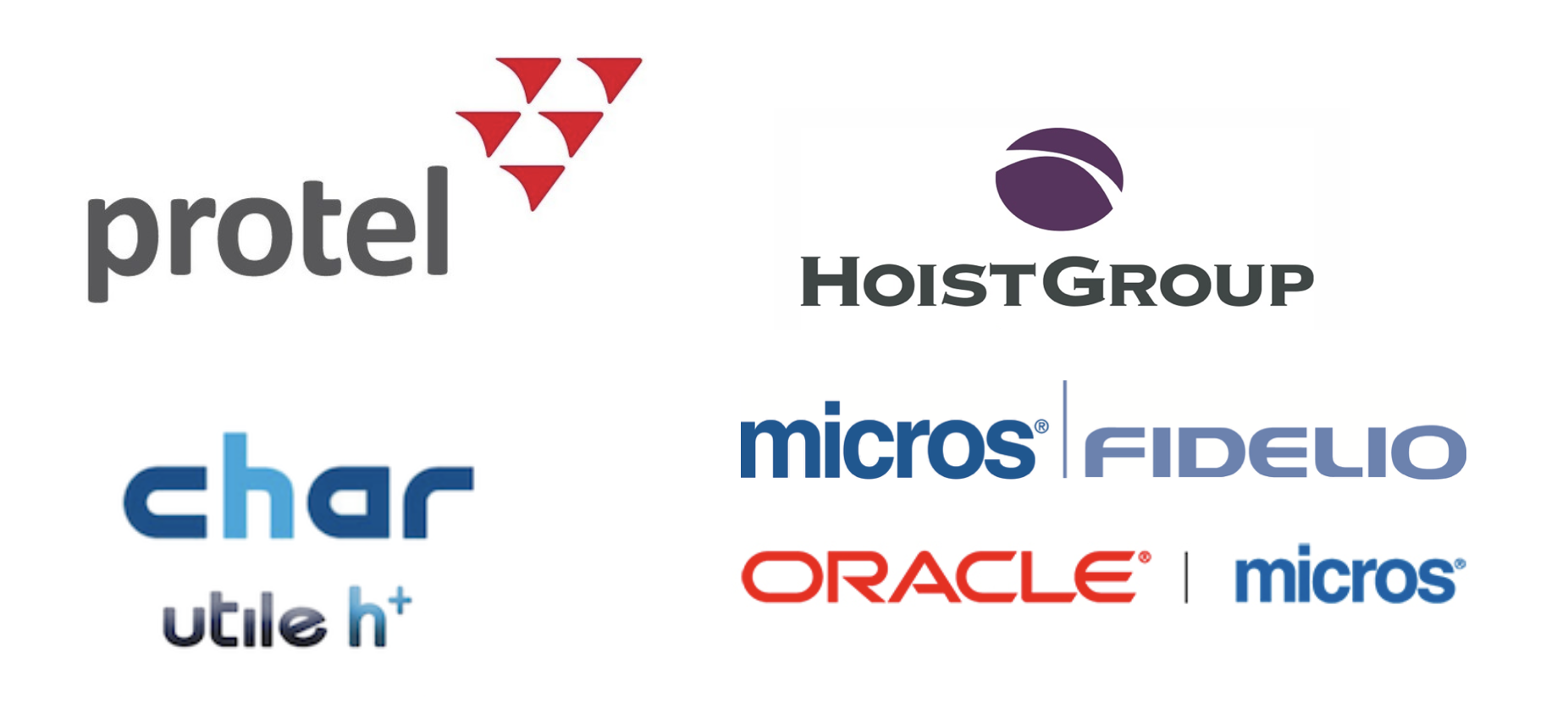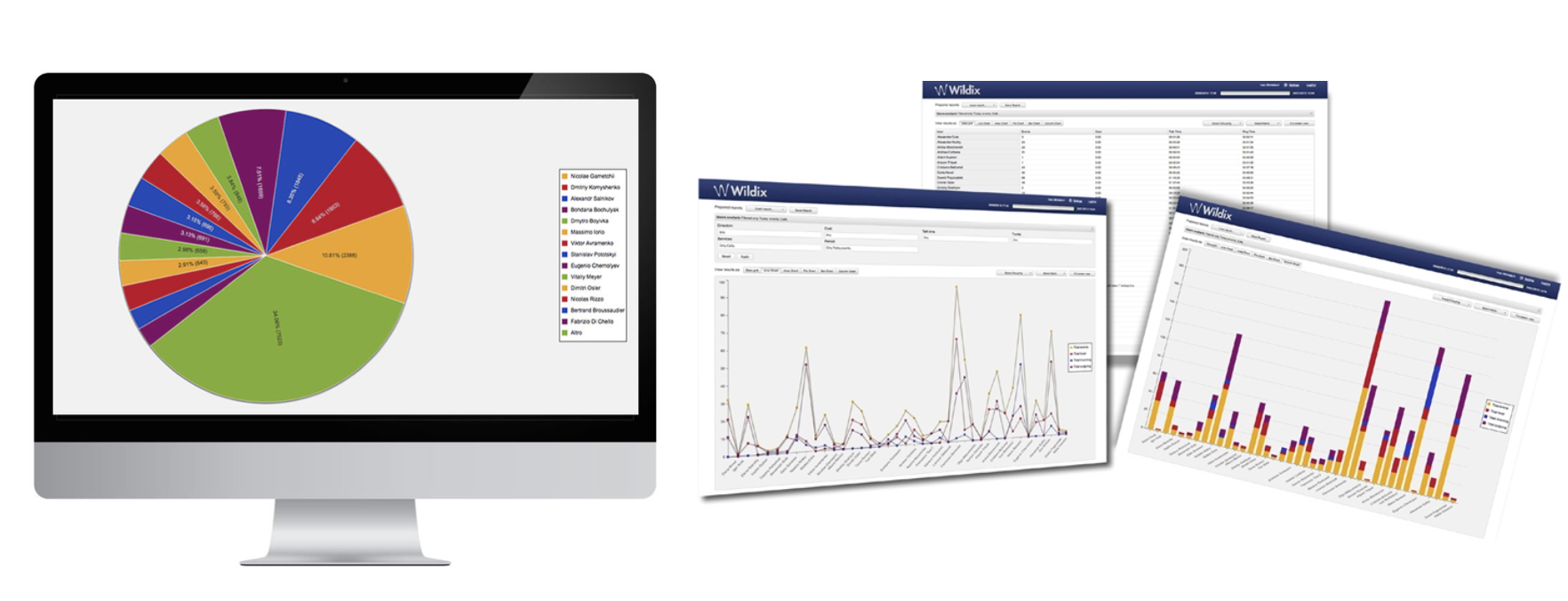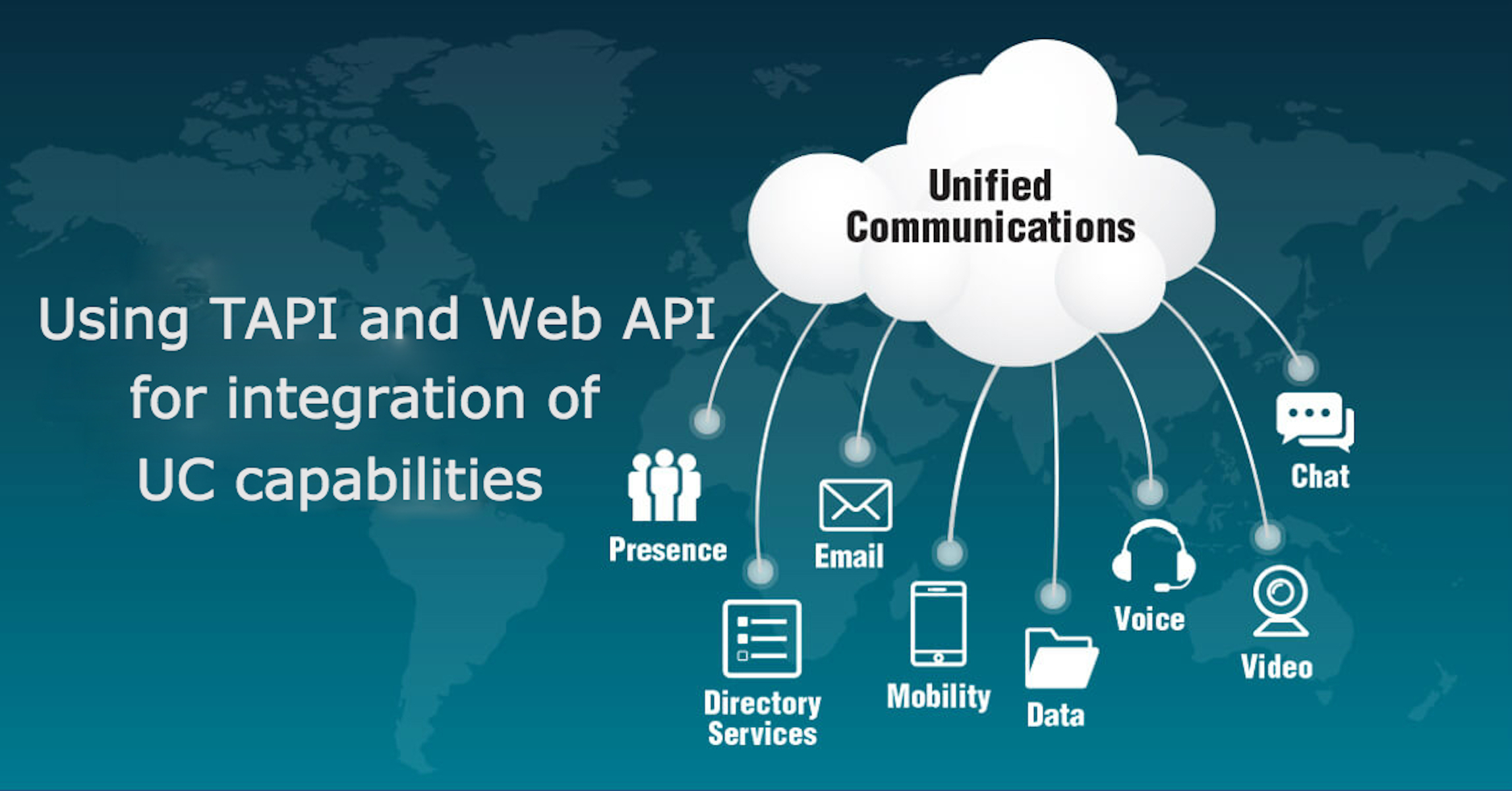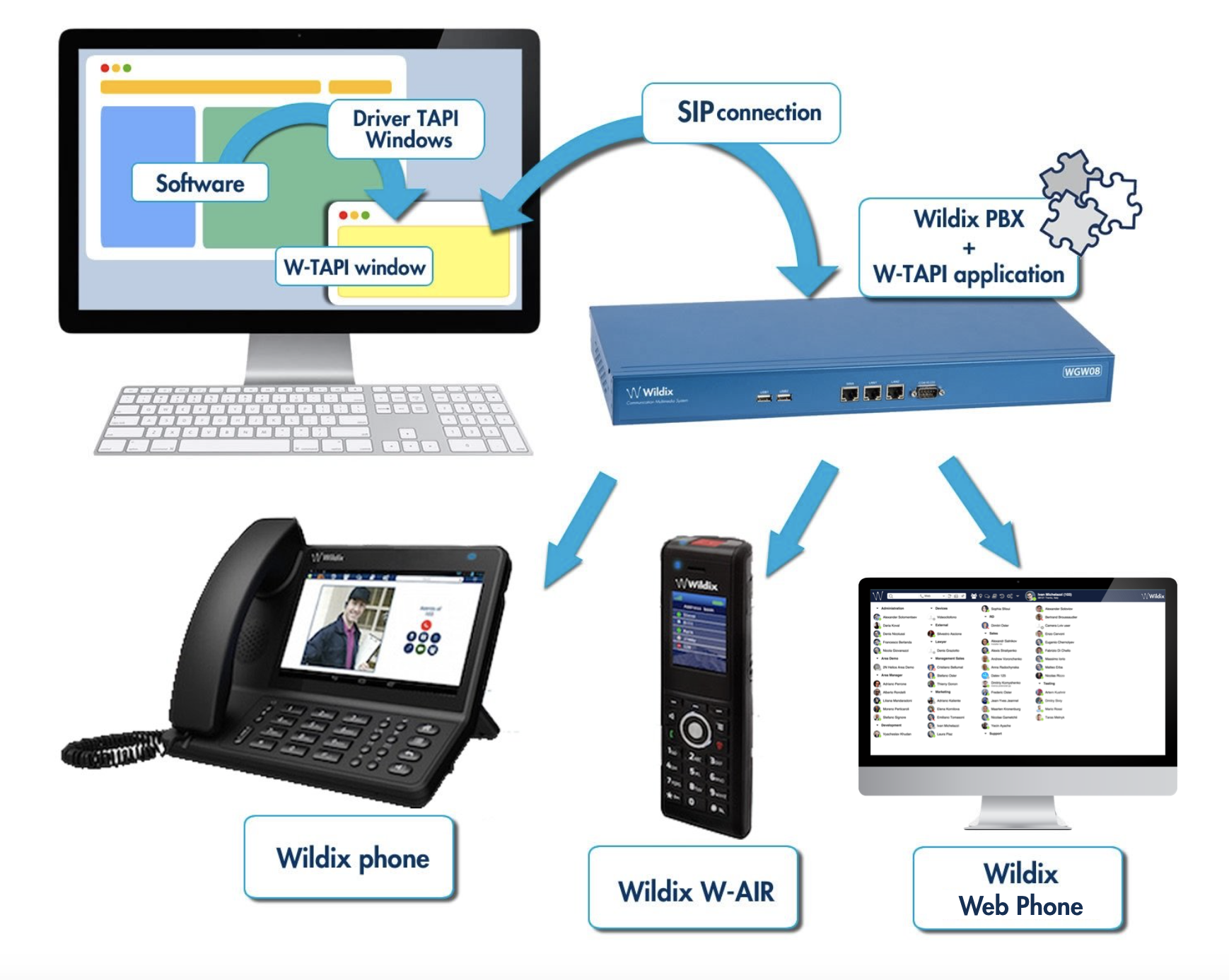This time we will talk about integrations with hospitality management systems via FIAS network protocol.
FIAS
As we saw in the blog article Vertical Solutions for Retail, Education, Hospitality, Healthcare, integration with hospitality software automates operations such as:
- Check-ins / check-outs
- Minibar charges
- Call charges
- Room status updates
- Do-not-disturb status updates
The most popular PMS systems support a TCP network protocol called FIAS, which allows integration with PBX / UC systems. FIAS was developed by Micros (now Oracle) to allow communication between its PMS Fidelio and external systems such as PBXs, Keys Management Systems, and PoS.
Continue reading “Hospitality software Integrations via FIAS”


 In the previous blog article (
In the previous blog article (
